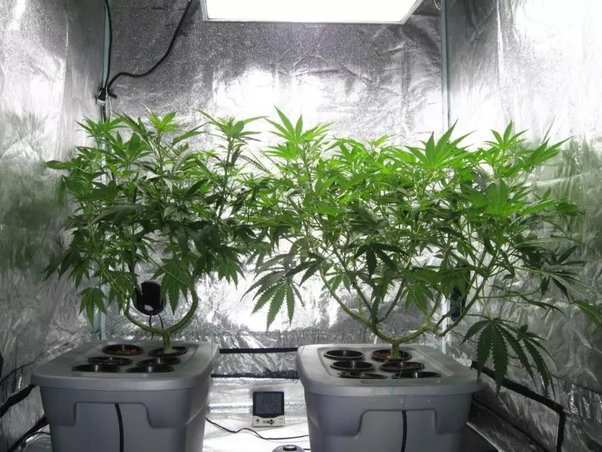A Native American Housing Solution Emerges as Seattle’s Homelessness Rate Rises
As a result of Seattle’s soaring housing prices and lack of affordable housing, homelessness throughout King County has been at crisis levels for years. Former Mayor Ed Murray issued an emergency proclamation about homelessness in 2015.
There are several additional U.S. cities with a similar imbalance between white and Native American homelessness to that of this one: In 2015, Wilder Research conducted a poll and discovered that although Native Americans made up just 1% of Minnesota’s population, they represented 8% of the state’s homeless adults. Phoenix is located in Maricopa County, Arizona; the American Indian and Alaska Native population there was 3% in 2020 but 7% of the homeless population.
There is a severe lack of native Americans homlessness and other forms of supportive housing for this demographic in the United States. Recently, a 59-unit affordable housing complex in Portland, Oregon, was opened for Indigenous people, with decor inspired by Native American art. This project was a collaboration between the Native American Youth and Family Center, a nonprofit organization, and the Confederated Tribes of Siletz Indians. The charity Native American Connections manages hundreds of units of low-cost housing in the Phoenix region.
When álal debuts, it will join a select group of other purpose-built initiatives to combat Native American homelessness.
It’s the first of its kind in Seattle, and its comprehensive amenities and services for residents, such as vocational rehabilitation, housing case management, and traditional and cultural practices at the Chief Seattle Club next door, represent an ambitious and novel approach to helping Indigenous people in the United States.
There is a severe lack of culturally competent outreach that is tailored to the unique history and needs of the Native American population in the Seattle area, despite the high number of homeless Native Americans in the region.
According to the National Alliance to End Homelessness’s 2020 State of Homelessness report, Native Americans have the second-highest rate of homelessness compared to other racial/ethnic groups (only below Pacific Islanders).
However, there is a lack of comprehensive statistics on nativeAmericans’ homelessness
According to JaneenComenote, the founding executive director of the National Urban Indian Family Coalition, this form of invisibility contributes to the issue, along with generational poverty, at both the data collection and policy levels.
Some note, an enrolled member of the Quinault Indian Nation, explains that “that invisibility lends itself very instantaneously to marginalization in the economy, to marginalization in public policy.” It’s hard for us to have our demands met when public policy doesn’t accurately represent us.
According to Echohawk, the problem has long-standing origins that are tied to current trauma as well as past trauma. It is nearly impossible to overstate the plight of the Native community over the past 500 years, beginning with the massive campaign of racial extermination of Indigenous peoples that followed the arrival of European settlers and continuing with the forced cultural erasure inflicted by Indian boarding schools and the high rates of violence against Native women, girls, and “Two Spirit people” today.




